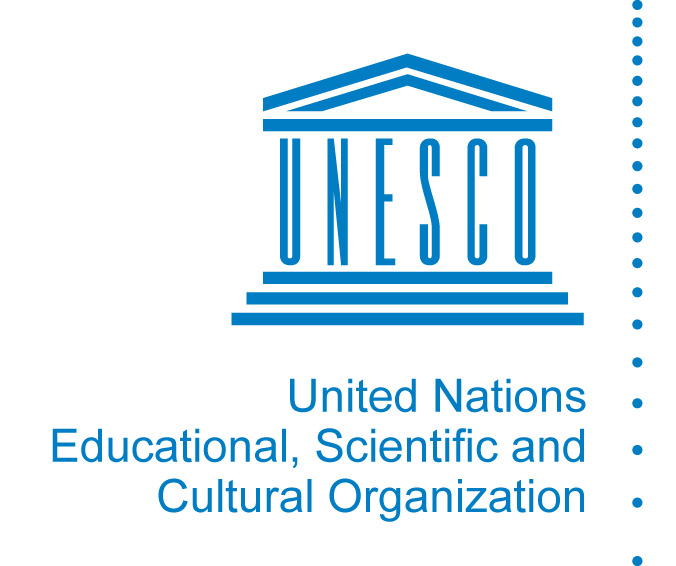Why is M&E important for SRGBV?
Investing in monitoring and evaluation (M&E) for SRGBV interventions allows programmes to be clear about their aims and monitor progress towards addressing the issue. A good M&E system provides greater accountability and transparency of programmes. Such systems can help target interventions towards children at greater risk and provide them with effective support. They can also help programmes to understand what is changing as it happens and therefore improve SRGBV policy-making and resource mobilization.
Robust programme M&E enables stakeholders to identify the most promising or successful interventions and practices. It facilitates the sharing of information about what works and what does not work. It also serves to back up advocacy messages with convincing data, informing about the consequences of SRGBV and thereby influence policy-makers to invest in addressing SRGBV.
Whilst there is limited experience in country-level monitoring of SRGBV and no international consensus on the best indicators to measure progress, lessons can be drawn from smaller-scale SRGBV programmes and from education-wide approaches to monitoring violence in schools or monitoring implementation of key policies and curricula.
|
M&E challenges for SRGBV interventions A review of seven SRGBV interventions commissioned by Concern Worldwide identified several key challenges to monitoring progress and evaluating the impact of SRGBV activities:
|
A strong M&E framework needs to start with an agreement about what the programme is trying to achieve and how it might get there. It is important to differentiate between routine monitoring and special studies such as formative research and evaluations which may require engagement with different partners or specialists. Equally, an M&E framework should outline monitoring at different levels including at the school level (e.g. use of positive discipline, or reporting system for violence) and district and national level (e.g. teacher training or policy development).
An idea of the steps that are necessary for developing an M&E framework is presented in Annex II. The framework should mention who is responsible for which elements. Close consideration should be paid to the ethical and safety challenges and risks when conducting M&E on SRGBV, and staff should be fully trained to handle these considerations (see Indicators to track progress).
Monitoring and evaluation of SRGBV should measure both quantitative and qualitative changes. For example, a key element of SRGBV action is a coordinated and multisectoral approach, involving not only the education sector, but also other key sectors. Assessing the coordination of services around SRGBV should look beyond quantitative measures such as whether a network exists or how often it meets, to looking at the quality – at how well it functions. Does each sector actively participate? Are participants at the right level to ensure decisions are carried in their sectors? Additionally, qualitative methodologies – such as interviews with other ministries, organizations, community leaders and key informants – can often give a better understanding of a process from multiple perspectives.
